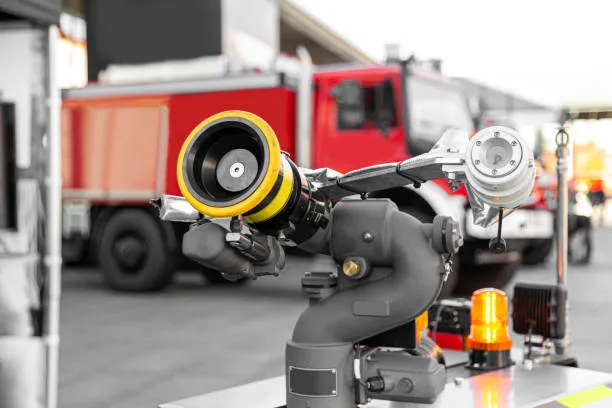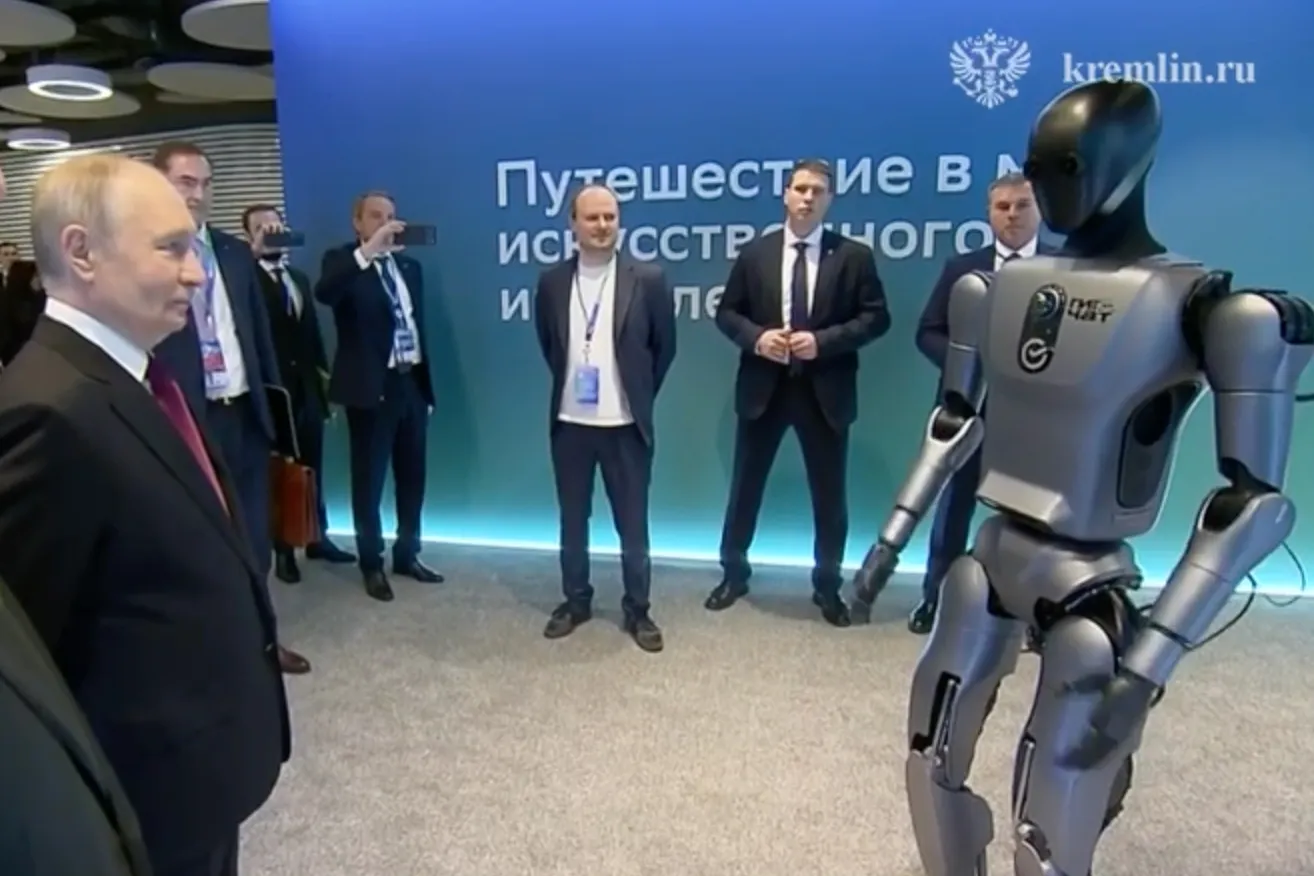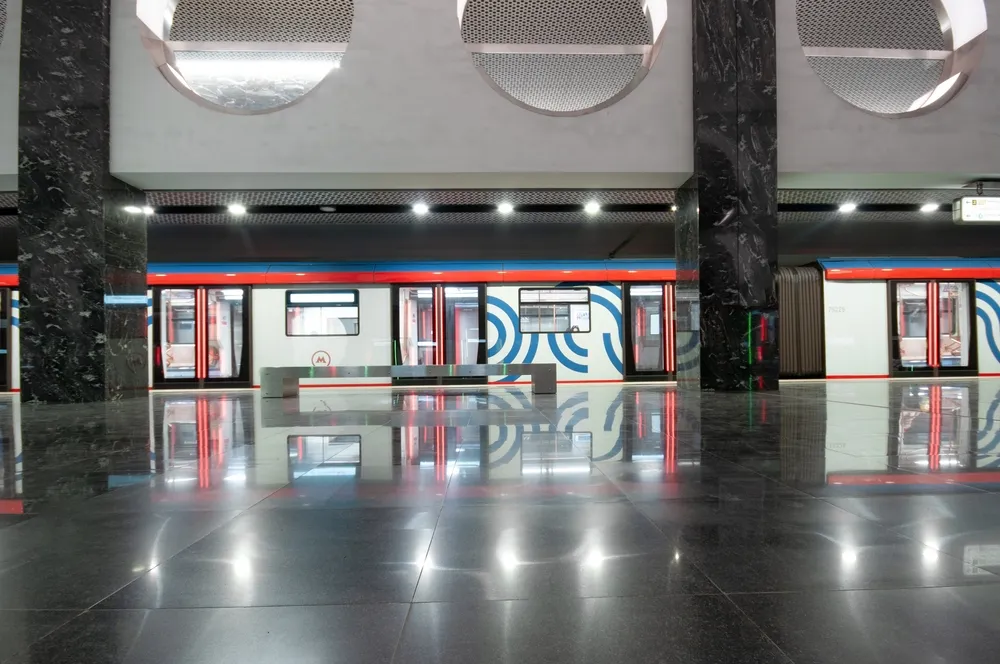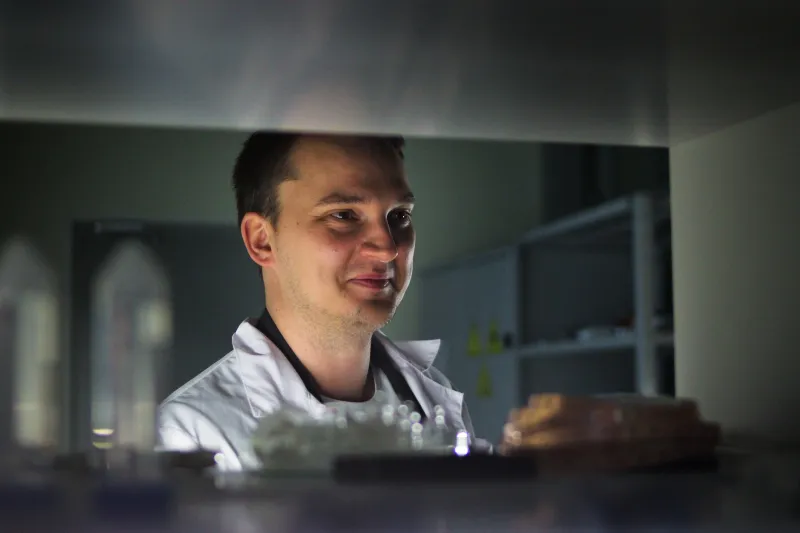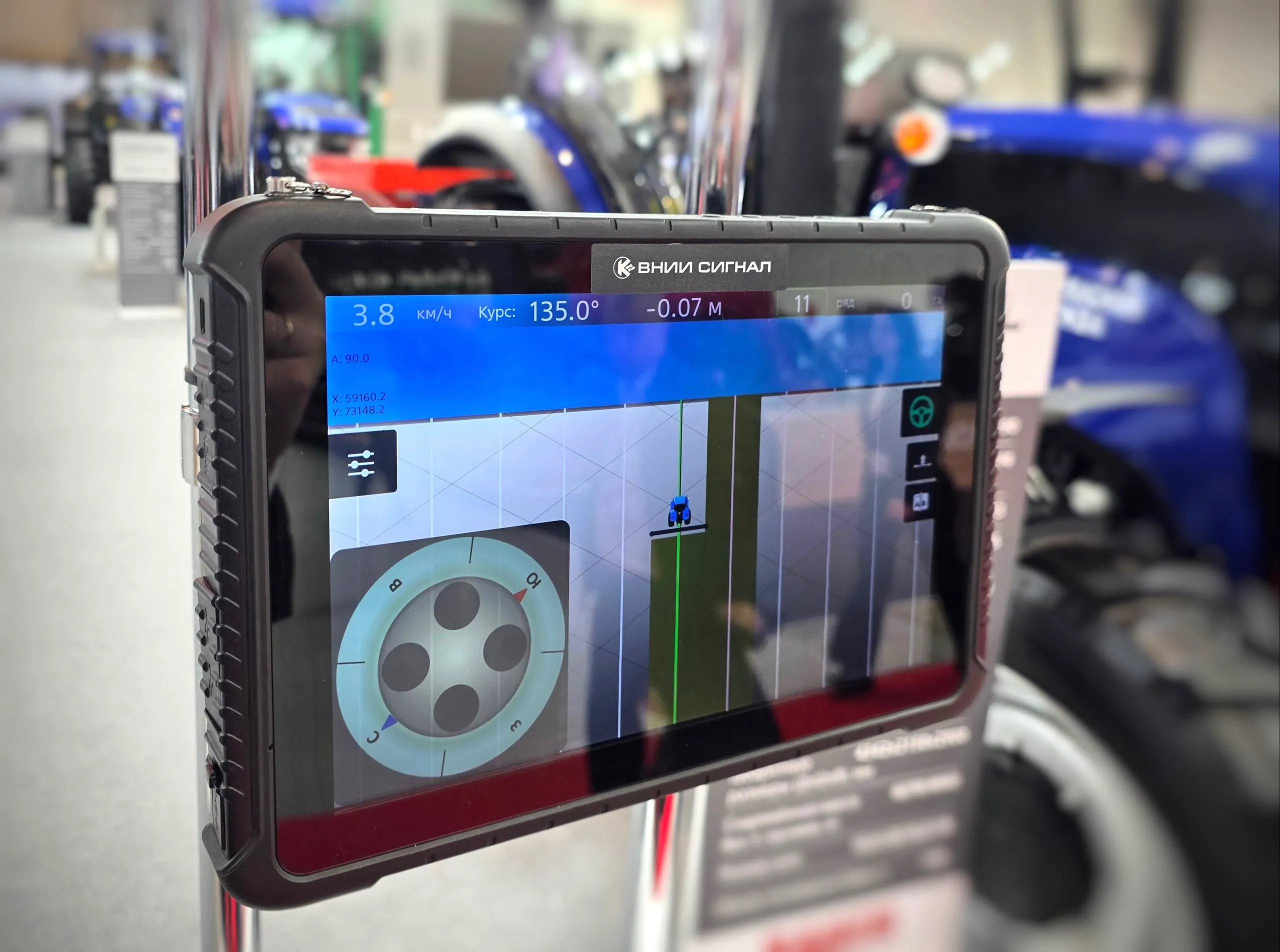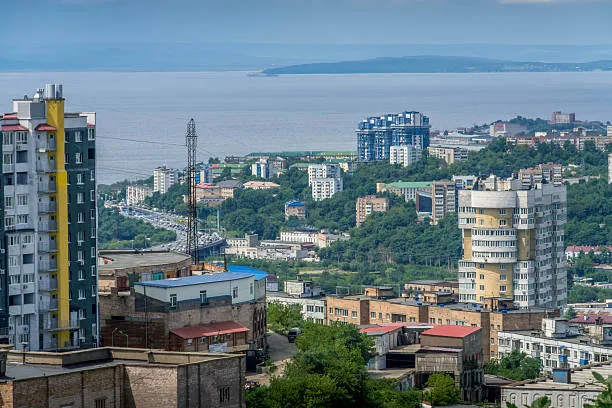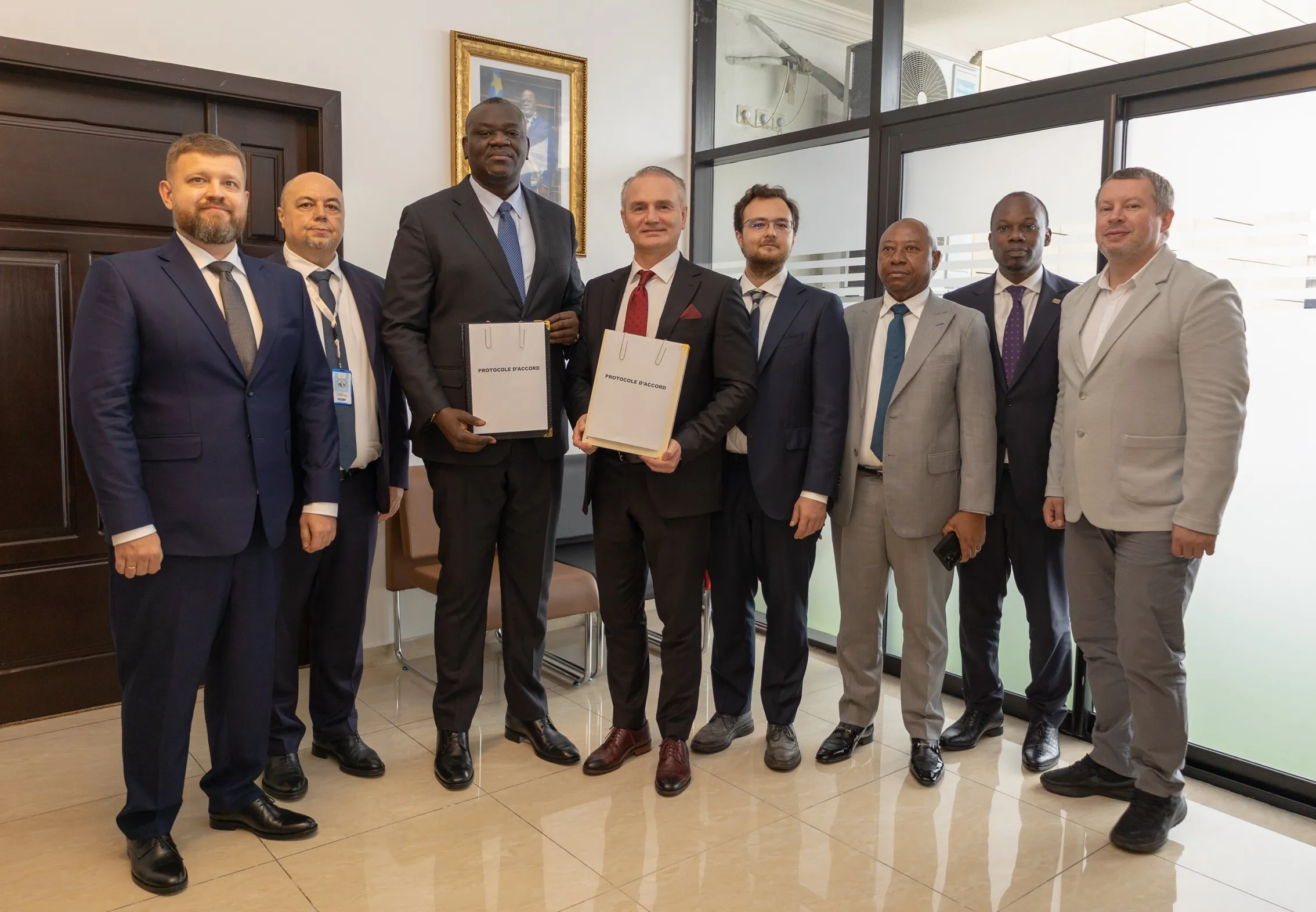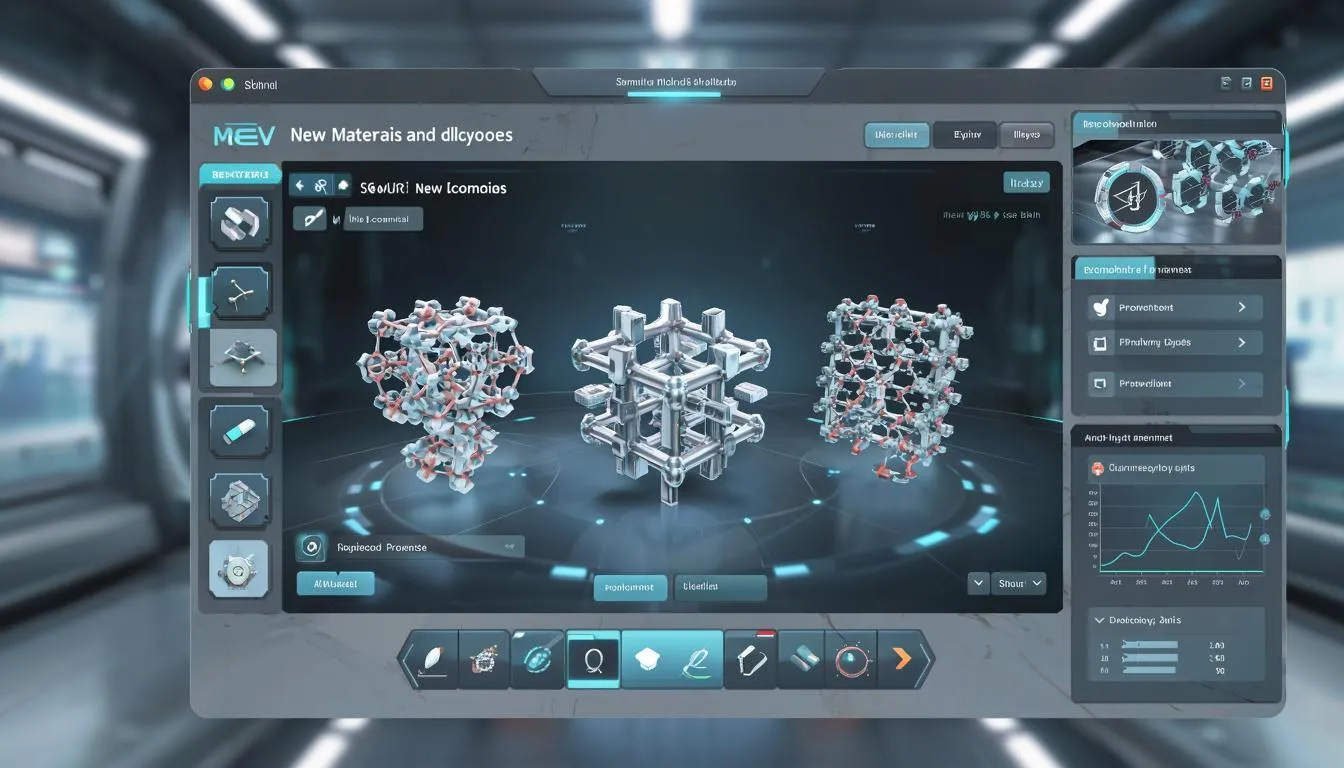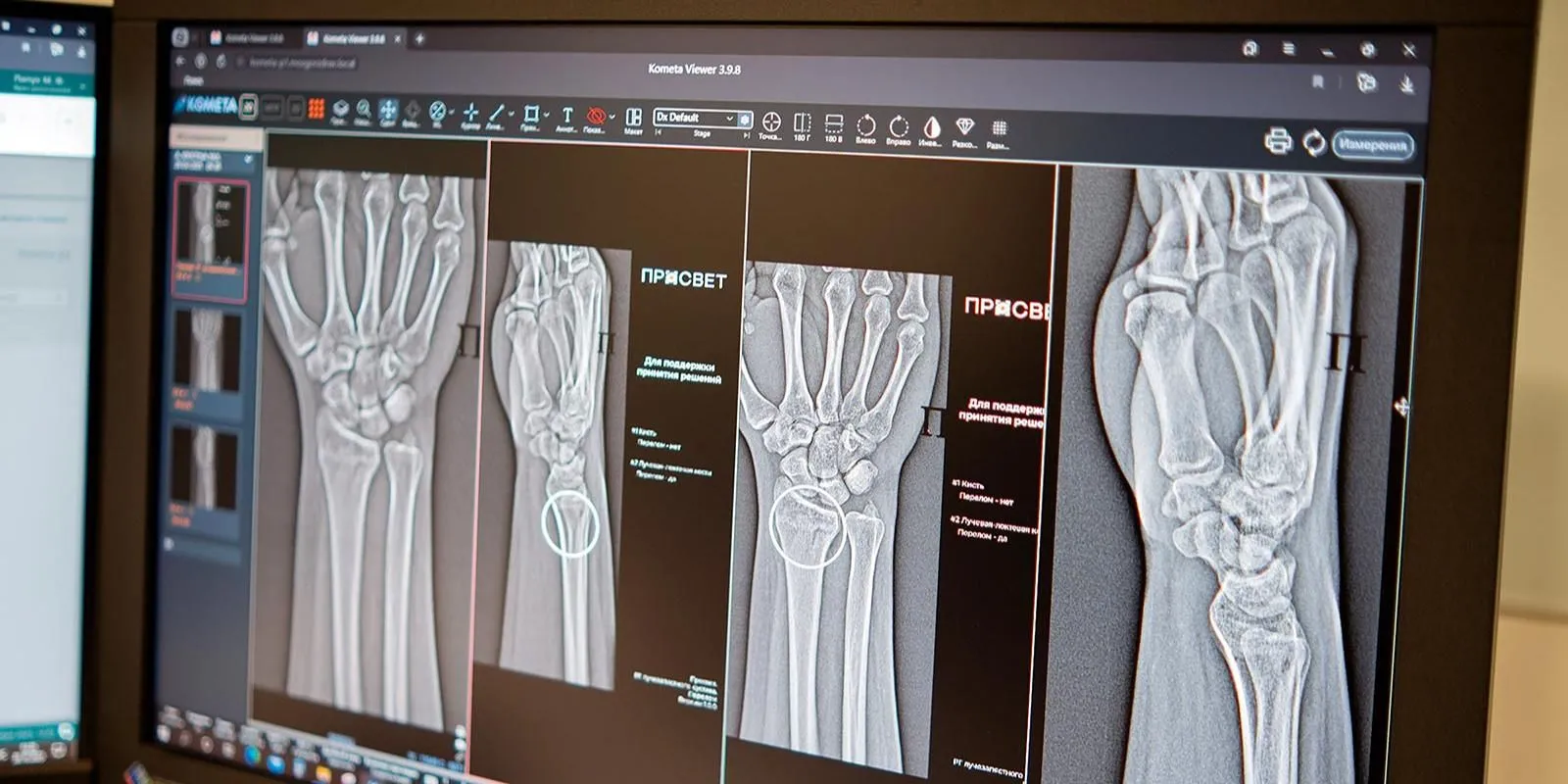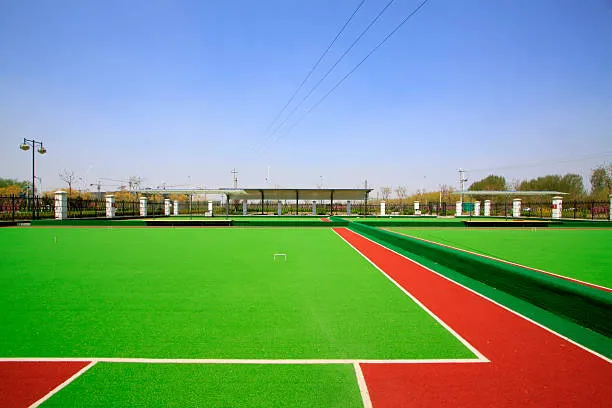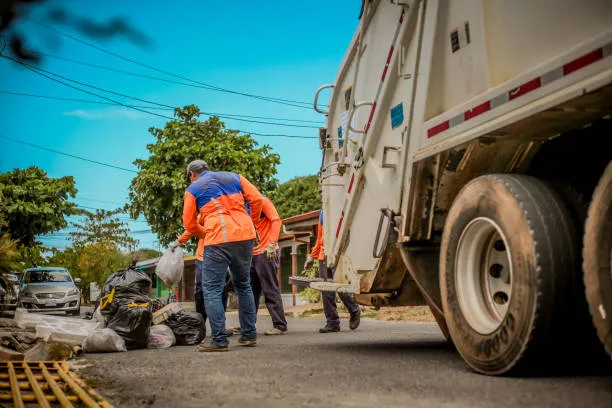Russian Engineers Create a Digital Simulator for Satellite Engines
A new test complex built entirely with domestic components allows engineers to fine-tune satellite electronics on Earth — without costly vacuum chambers.

Engineers at Moscow Aviation Institute (MAI) have developed an innovative hardware-software system that precisely simulates the operation of electric rocket engines (EREs) used in spacecraft. The key advantage of this development is the ability to perform full-scale tests of onboard satellite electronics without resorting to vacuum testing facilities.
At the core of the device lies a programmable microcontroller that dynamically adjusts electrical parameters to replicate the load and response of a real thruster in space. This allows engineers to configure and validate spacecraft systems under conditions that closely mimic orbital environments. Importantly, this is the first Russian ERE simulator built entirely from domestic components.
The project is being tested and refined for Reshetnev Company, part of the Roscosmos State Corporation. The enterprise recently launched Russia’s first conveyor assembly line for small satellites, and the new simulator will become a crucial element of this production process.
According to Alexander Bogaty, Deputy Director of MAI’s Research Institute, demand for such solutions is expected to grow. This trend is linked to the rapid development of multi-satellite constellations in Russia. Each spacecraft in these networks requires a reliable propulsion system, and the new simulator enables faster and more cost-effective creation of interference-resistant electronics. The technology lays the groundwork for the digital transformation of the space industry, paving the way for scalable, efficient satellite production.


